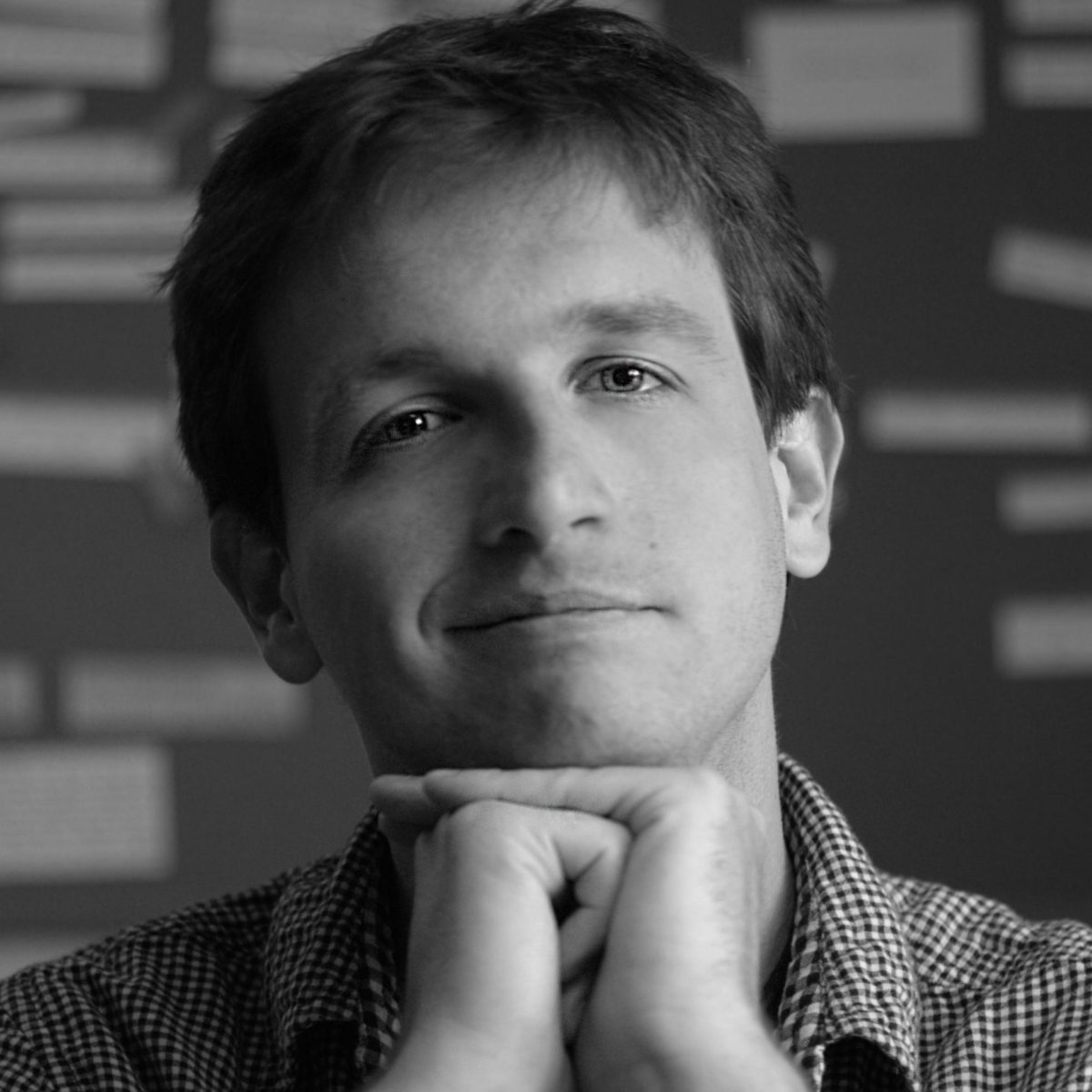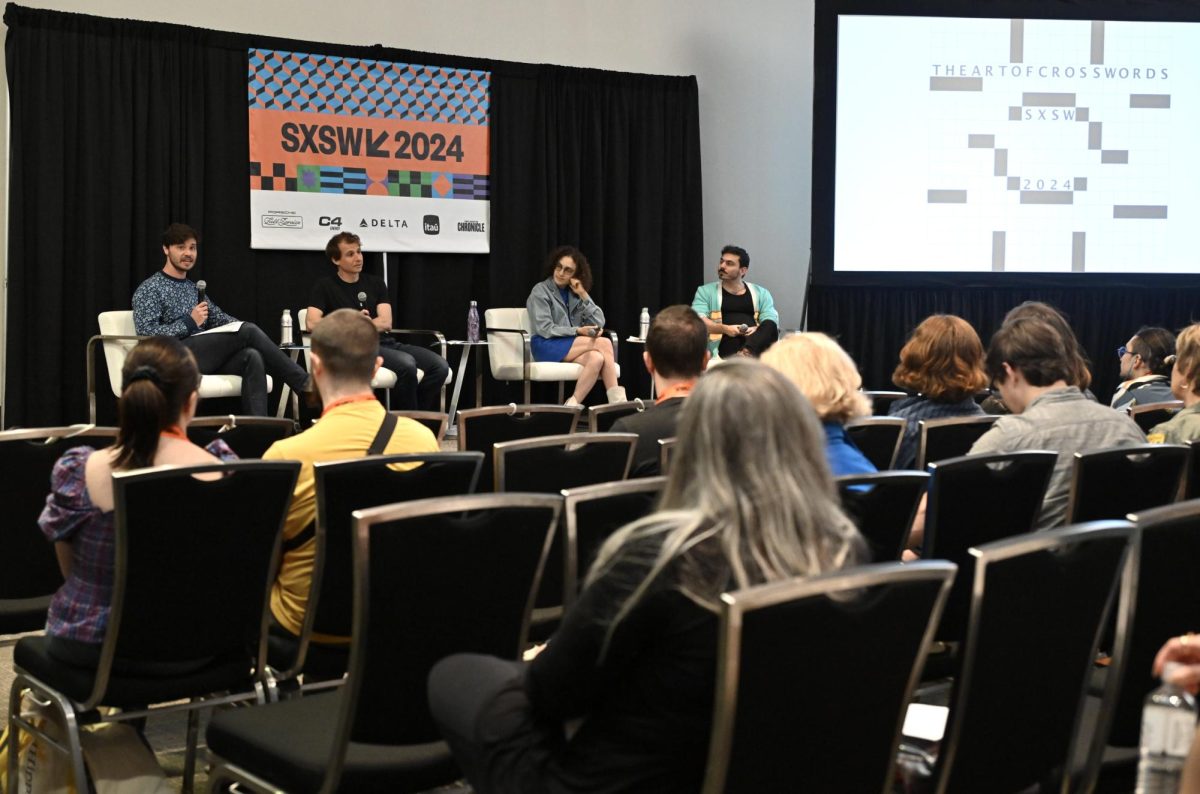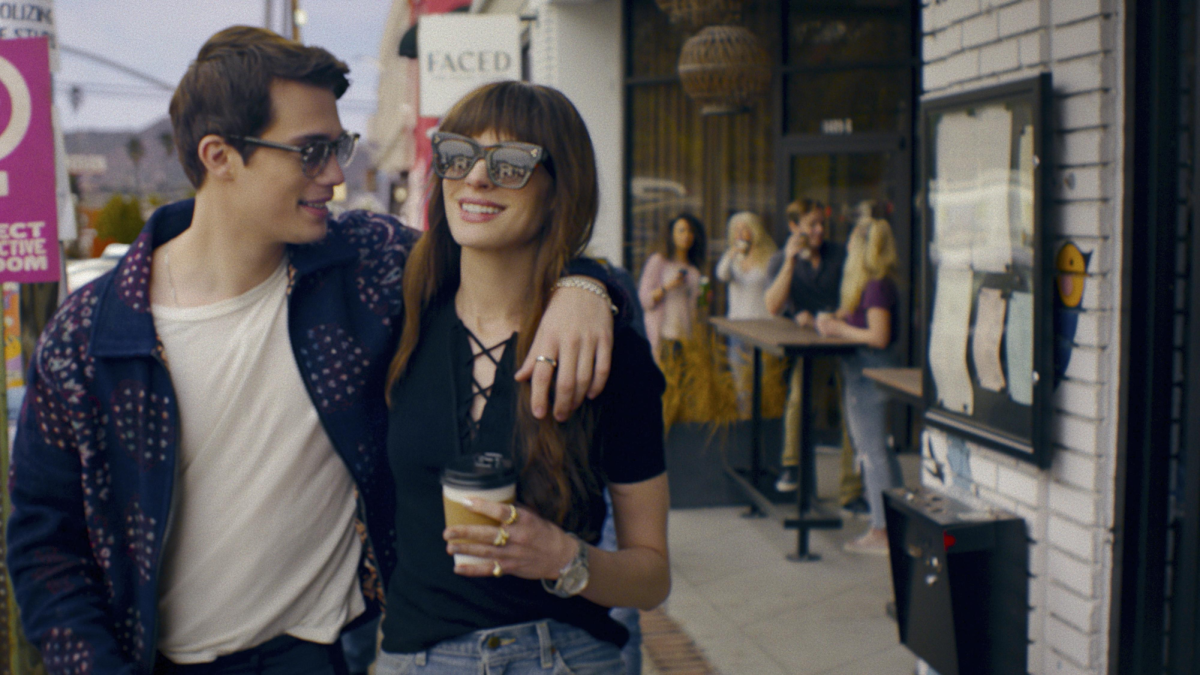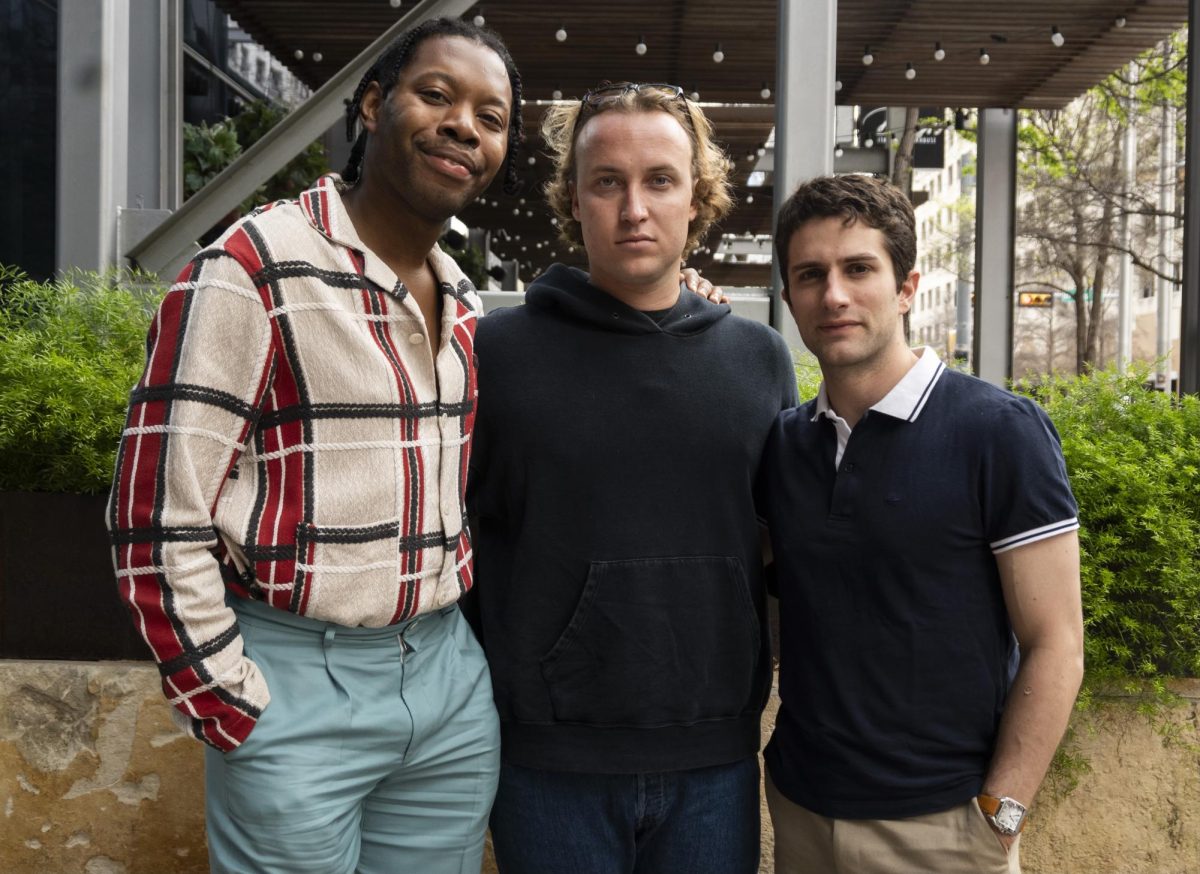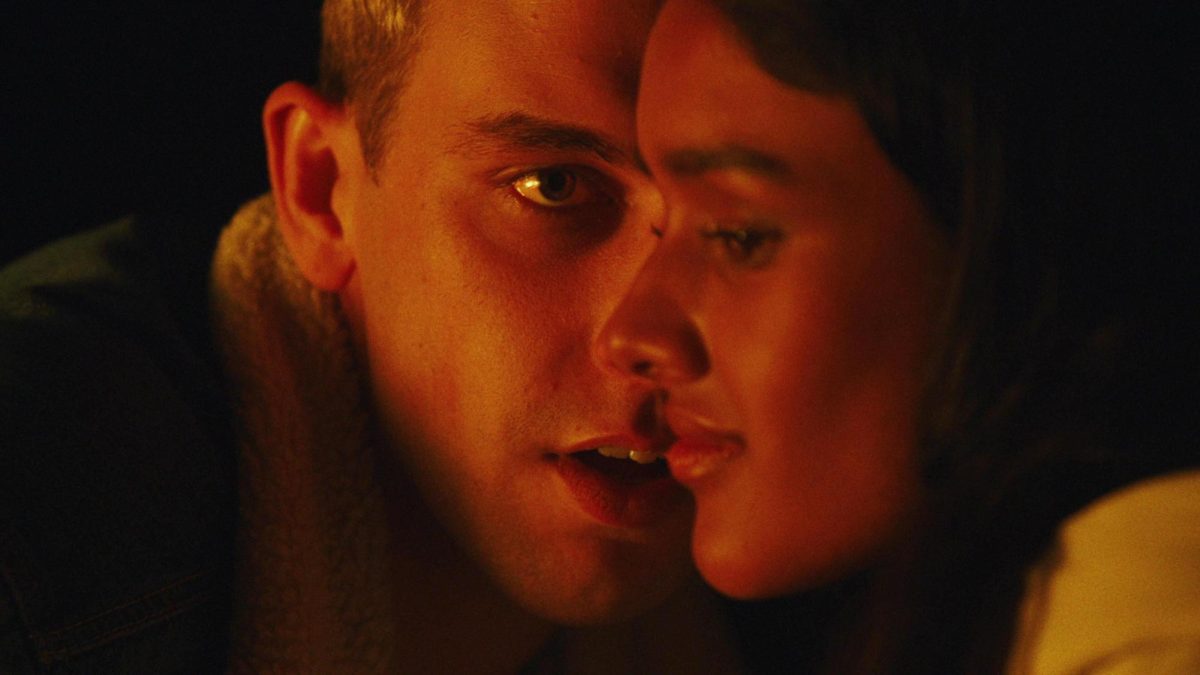The packed ballroom at the Fairmont hotel held people from various backgrounds, socioeconomic classes and nationalities who had one thing in common — the shoes on their feet.
No one would guess Tinker Hatfield, Nike’s vice president of creative concepts, is in his late sixties. He still rocked flashy attire and colorful basketball sneakers onstage at SXSW. A collegiate athlete-turned architect-turned shoe designer, Hatfield is one of the most famous sneakerhead icons in the world. His career spans decades and includes iconic designs such as the Air Max and Michael Jordan collaborations.
Scott Dadich, founder and co-CEO of design and strategy firm Godfrey Dadich Partners, interviewed Hatfield about his humble beginnings and how he became part of the Nike team. At the University of Oregon, Hatfield ran track under coach Bill Bowerman, who later became one of the founders of Nike. Bowerman used Hatfield as a tester for early prototypes.
“I would not only tell him what I thought, I would draw pictures with possibilities and revisions for him.” Hatfield said.
He originally wanted to major in architecture, and Bowerman was the only coach who supported pursuing that dream alongside athletics. Hatfield first worked at Nike in the architecture field, helping Nike build their first warehouses, stores and showrooms.
“There was suspicion that there were some Nike designers who weren’t that good,” Hatfield said. “They laid off about 25 percent of the workforce. It was a tough time.”
These cuts, Hatfield said, opened the window of opportunity for him to transfer his architectural skills into designing a shoe. Nike held a contest where designers were tasked with creating an athletic shoe with purpose in daily life. After seeing his design, Hatfield said the company didn’t ask him if he wanted the job, but rather told him he would take it.
His first project as a designer was what would become the Air Max. A self-proclaimed reckless person, Hatfield said he took a trip to Paris for inspiration. The original design for the shoe was based on the Centre Pompidou, a building with all of its structural features exposed to the outside.
Hatfield said he liked the idea of showcasing the mechanics of a shoe and what makes one different from another. Although he was nearly fired or pursuing such an untested design, Hatfield said following his instincts ultimately paid off.
“If you believe in something strong enough and the idea is a good one, it’s worth fighting for or potentially being fired over,” Hatfield said. “It was a good feeling to watch it shatter all the sales records.”
Inspiration comes from everything in the world around him, Hatfield said. Meeting people, going to concerts and other activities influence his mind, and those experiences often manifest in shoe designs.
One of the most iconic sneaker styles, the Air Jordan, almost didn’t happen. The first two generations of the shoe, Hatfield said, were faulty and fueled tension between Nike and the athlete.
“When you do an important piece of work, it stands the test of time,” Hatfield said.
Hatfield recalled the first time he met Jordan and the subsequent lasting relationship they share. Showing off the pair of Jordans he had chosen to wear that day, Hatfield removed his shoes and said he wanted to give them to someone in the audience.
The crowd went wild with everyone trying to capture his attention and obtain the shoes — which he also promised to sign. He changed into a new pair of brightly colored sneakers, which he said will not be available until December 2019.
Hatfield then discussed the shoes Dadich was wearing, Nike HyperAdapt, which are famous for their self-tightening technology and sensors that allow the shoe to form to the foot.
“Sometime in the future, you won’t even have to touch them,” Hatfield said. “They’ll automatically loosen and tighten based on your movements.”
He said the sneakers and the technology within them are very useful for differently abled persons or people with a disease that affects their motor skills, such as Parkinson's.
Hatfield ended the interview saying that although he had designed hundreds of shoes in his career, he was never a perfectionist.
“I make mistakes and I’m cool with that, so if I get to a point where I think it's good, I let it ride,” Hatfield said. “I have too much to do to get stuck on this one thing.”




